I have a specific density function and I want to generate random variables knowing the expression of the density function.
For example, the density function is :
df=function(x) { - ((-a1/a2)*exp((x-a3)/a2))/(1+exp((x-a3)/a2))^2 }
From this expression I want to generate 1000 random elements with the same distribution.
I know I should use the inverse sampling method. For this, I use the CDF function of my PDF which is calculated as follows:
cdf=function(x) { 1 - a1/(1+exp((x-a3)/a2))
The idea is to generate uniformly distributed samples and then map them with my CDF functions to get an inverse mapping. Something like this:
random.generator<-function(n) sapply(runif(n),cdf)
and then call it with the desired number of random variables to generate.
random.generator(1000)
Is this approach correct?

